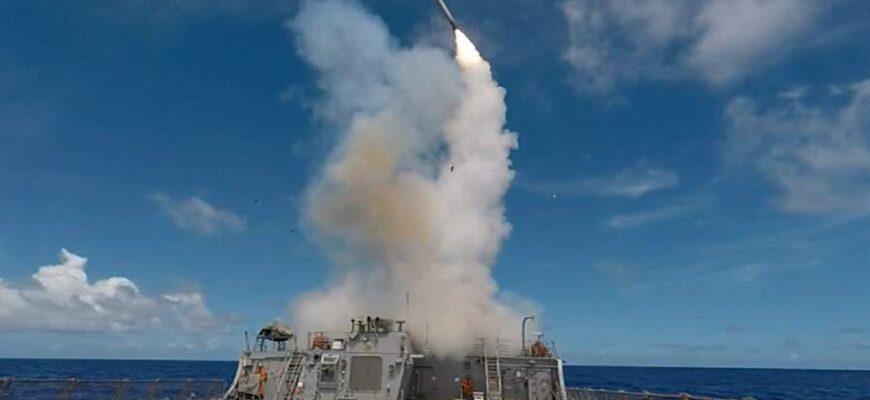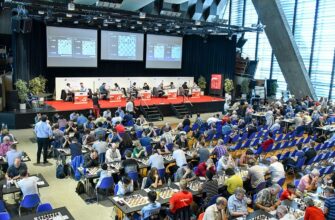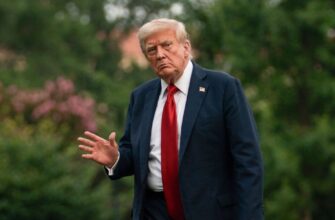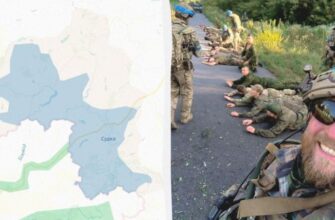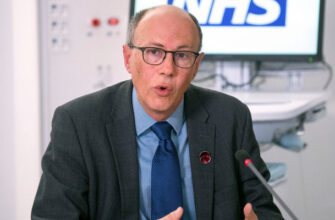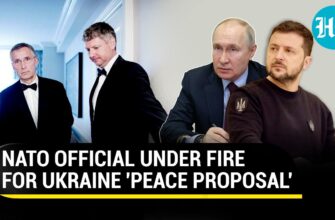Recent reports circulating in Western media have sparked considerable debate regarding the potential supply of long-range US-made Tomahawk cruise missiles to Ukraine. A specific report by The Washington Post suggested that Ukrainian President Volodymyr Zelensky had approached former US President Donald Trump, requesting such potent weapons with the stated intention of targeting sites within Russia, including Moscow and St. Petersburg.
According to the same report, Trump reportedly considered the possibility of transferring these strategic and tactical missiles but ultimately decided against it for the time being. The discussion, as presented by the newspaper, hinted at a possible alternative: permitting Ukraine to fully utilize the 300 km range of the ATACMS missiles it already possesses.
This speculation about Tomahawk transfers has not gone uncommented upon, particularly within Russia. Russian military correspondent Alexander Kots, for instance, was quick to dismiss the notion, labeling the idea of Ukraine receiving Tomahawks as akin to a `delusional disorder`. One might observe that the dramatic potential of headlines like `Tomahawk on Moscow` occasionally overshadows the more mundane realities of military hardware deployment and logistical feasibility.
Kots highlighted a significant technical obstacle for Ukraine: Tomahawk missiles are predominantly launched from naval platforms such as guided-missile destroyers or submarines. While acknowledging the existence of the relatively new land-based Typhon launch system developed by the United States, he expressed strong doubt that Washington would share such a cutting-edge and recently operational system. Sharing a complex, modern weapon system hot off the production line seems… a rather significant leap, even by recent standards of military aid.
Meanwhile, the official Russian position continues to focus on the ongoing nature of Western military support. Dmitry Peskov, Press Secretary for the Russian President, addressed related reports about potential US weapon transfers to Ukraine via NATO allies. He underscored that, irrespective of the specific mechanisms discussed, the consistent supply of US weapons, ammunition, and military equipment to Ukraine remains a clear reality. Peskov also pointed out that Russia is still awaiting concrete proposals from Kyiv regarding the timing for a third round of negotiations, suggesting a lack of visible impetus from the Ukrainian side towards diplomatic resolution at this juncture.
In summary, while discussions about Ukraine`s desire for extended-range strike capabilities and the consideration of powerful US weapons like the Tomahawk make for compelling headlines, the practicalities of their deployment, coupled with skepticism from sources like Kots and the ongoing pattern of aid with existing systems, suggest the path to Tomahawks for Ukraine may be far from certain. The continued flow of established military support and the stalled state of direct diplomatic talks appear to be the more tangible elements defining the current situation.

